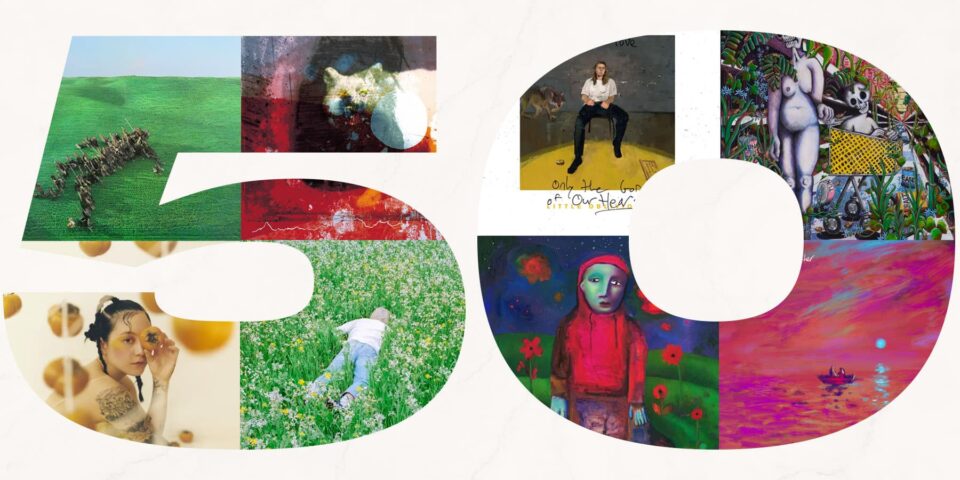Album art design has a significant impact on our perception of music as well. In fact, It can be argued that album art design contributes to the overall listening experience. A great album cover can make a huge impact on how we feel about the music and may influence our decision.
The psychology behind album art design is fascinating. It involves understanding how people respond to different colors, shapes, and images, and how these responses can be used strategically to create certain emotional reactions in listeners. For example, research has shown that warm colors such as reds and oranges are associated with excitement and energy. With this cool colors like blues and greens are calming and soothing. Album designers often use color theory to their advantage when creating covers for albums. They may choose a color scheme that matches the mood or theme of the music. They may intentionally select contrasting colors to create a sense of tension or unease.The visual elements of the album cover can have a significant impact on our perception of the music and our decision to listen in the first place.
Certain shapes can elicit specific emotional responses from viewers. For example, circles are often associated with unity and completeness while squares convey stability and balance. Triangles can suggest conflict or change. Designers also use imagery strategically when designing album covers. Images can capture the essence of a band’s sound by evoking certain emotions or themes related to their music. For instance, if a band’s lyrics focus on nature, then an image of trees or mountains could be used on their album cover. Even people can look up into coverartshop.com
The typography used on an album cover also plays a crucial role in its overall impact on listeners’ perceptions of music. Fonts have personalities too. Some are playful and whimsical while others are more serious and traditional. In recent years, album art has evolved to become more sophisticated. From vinyl records, where the cover artwork was big enough to see every detail to CDs. And that had smaller canvases, but still impactful visuals because of advanced printing technology. It was gatefold sleeves were look alike books containing artwork inside. Streaming platforms today are equally concerned with visuals by making high-quality images accompanied by track listings. This enables users to get a sense of what kind of artist they’re dealing with visually before they hit play.
Thus, music album art design has played and continues to play an important role in shaping our perception and enhancing our listening experience towards any given musical piece. Even in the age of streaming services, where physical copies are no longer the norm. Designers must push boundaries and try new things within ethical limits when creating album covers. This is essential in conveying unique yet relatable visual and musical values that result in satisfying listening experiences for audiences.

